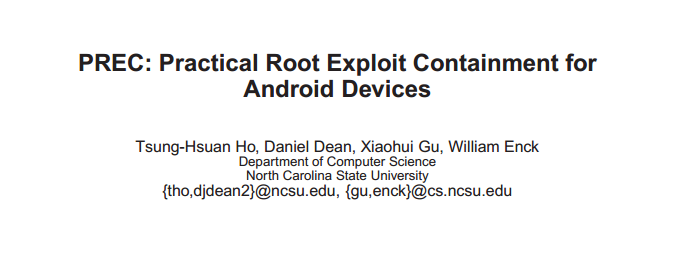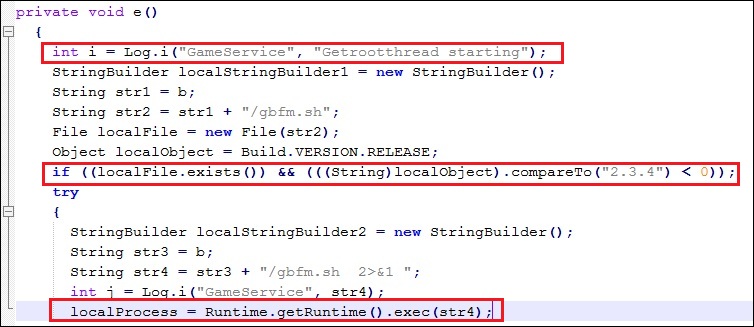
Root exploit malware is among the most dangerous malware in the mobile world. Root exploit malware targets the root directories of your phone or tablet and wreaks havoc on system security.
There isn’t really a good way to prevent root exploit malware. If you’ve been unfortunate enough to get infected, then your device is likely already compromised. Making matters worse is the fact that the virus is embedded so deeply within your system that you’re unlikely to ever be able to remove it.
There is some good news, however: researchers at North Carolina State University recently created a detection and avoidance tool that protects users against Android root exploit malware.
What is it?
That malware detection and avoidance tool is called Practical Root Exploit Containment (PREC) and is designed to identify aberrant code written in the C programming language. Most Android malware uses C programming code.
The researchers at the North Carolina Department of Computer Science published their work here. PREC promises to:
-Protect users from conditional malicious behavior
-Dynamically identify system calls from high-risk components and execute those system calls within isolated threads (in layman’s terms, that means it can see when an application attempts to modify core system files and, instead of allowing that attempt to go through, runs the command in a closed environment)
-Detect and stop root exploits with “high accuracy” while imposing low interference to benign applications

Does it actually work?
The features listed above sound like a lot of good marketing talk: but how does PREC actually work in the real world? PREC has been tested in Android environments where 140 popular apps and 10 malicious root exploit apps were installed. PREC was able to stop all malware and “reduce false alarm rates by more than one order of magnitude over traditional malware detection algorithms.”
A lightweight, low-intrusion, high-accuracy mobile antivirus software sounds like the stuff of legend: it’s something that every software company seems to promise but few companies actually achieve.
With PREC, it appears that researchers may well have achieved something special.
The secret to PREC’s success may be its high-level funding partners. The PREC project was funded by IBM, Google, the U.S. Army, and the U.S. National Science Foundation.
